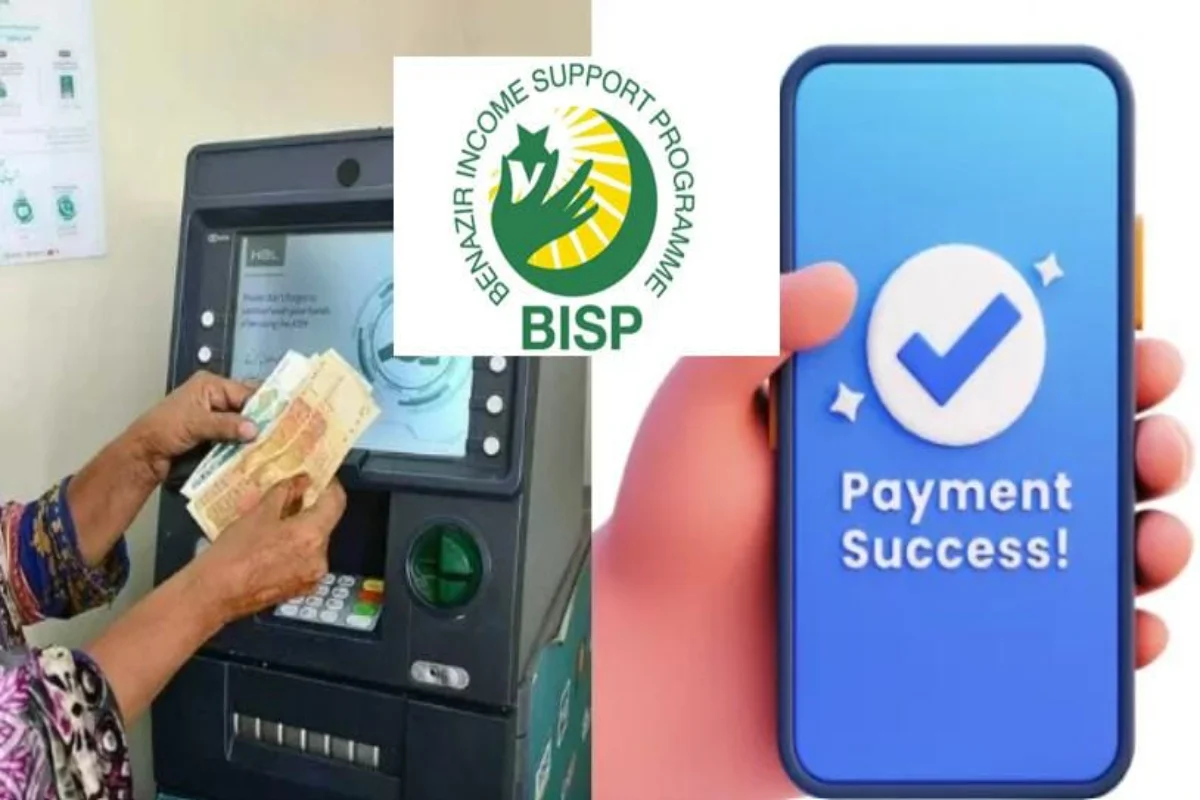How BISP Payment Models Changed in September: Camps, Agents, and ATMs

BISP 8171 Web Portal: Check Eligibility and Payments Online
For millions of people, social grants are not just financial support—they are the money that keeps food on the table, pays for electricity, transport, and school fees.
In September, the way these grants were delivered changed. Traditional cash camps are being reduced, while retail agents and ATMs are being promoted as modern options.
This shift has brought both relief and frustration. Some people now enjoy shorter queues, more privacy, and flexibility in withdrawing money. But many elderly and rural beneficiaries feel left behind because of poor infrastructure and lack of digital knowledge.
Why the System Is Changing
For years, camp payments faced criticism for:
Long queues and overcrowding.
Security risks, including theft.
High costs for management.
Unfair deductions and fraud.
By moving to retail agents and ATMs, authorities aim for better security, transparency, and financial inclusion, while also lowering costs.
The Camp Payment Model
Camps are temporary pay points set up in schools or halls. People collect cash on a fixed date.
Pros:
Familiar for the elderly.
Direct cash in hand.
Community support.
Cons:
Long, tiring waits.
Travel costs.
Risk of theft.
Lack of dignity in public queues.
The Retail Agent Model
Retail agents are shops or outlets that pay beneficiaries directly.
Pros:
Often closer to home.
Shorter queues.
Convenient for shopping and cash.
Flexible hours.
Cons:
Some agents deduct money illegally.
Shops can run out of cash.
Villages without agents are left out.
The ATM Model
Beneficiaries with cards can withdraw from ATMs linked to banks.
Pros:
24/7 access.
Privacy and safety.
No middleman deductions.
Cons:
Difficult for the elderly to use.
Machines sometimes out of order.
Limited access in rural areas.
Risk of card fraud.
September’s Impact
In September, many people experienced these changes for the first time.
Positive:
Shorter lines.
More freedom and privacy.
Less theft risk.
Negative:
Rural residents had to travel far.
ATMs ran out of cash.
Elderly struggled with PINs.
Reports of agents charging “fees.”
Real Voices from Beneficiaries
An elderly woman: “I walked two hours to the town, but the ATM was not working.”
A mother in the township: “The retail shop is closer, but they forced me to buy groceries.”
A young card user: “I like the ATM. I can withdraw only what I need, privately.”
Conclusion
The shift from camps to retail agents and ATMs is meant to modernize the system, make it safer, and give people more choice. But in reality, it depends on where you live and what access you have. For some, it feels like progress. For others, it creates new struggles.
Catch all the Trending News, Breaking News Event and Trending News Updates on GTV News
Join Our Whatsapp Channel GTV Whatsapp Official Channel to get the Daily News Update & Follow us on Google News.














